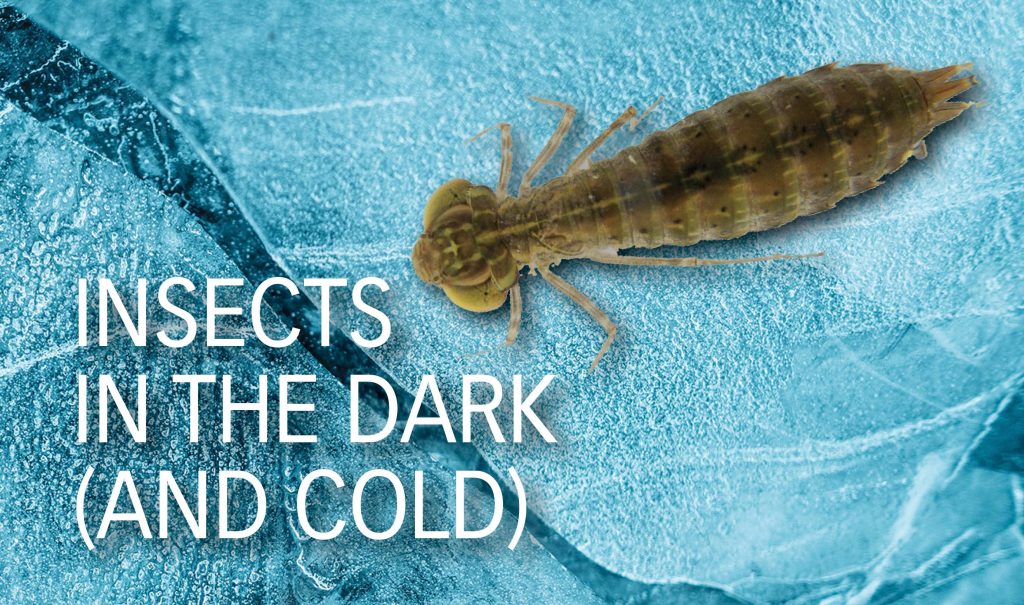An aquifer is a pocket of rock which can hold groundwater. Aquifers exist in the dark, far below the earth’s surface. These bodies of water can travel between each other through fissures in the rock, and surface water can penetrate in through fissures or porous rock. The water in aquifers comes from precipitation as rain or snowpack sinking into the ground to recharge them. Although technology is being introduced which can put a fraction of our wastewater back into wells, this is not an adequate solution to the problem of pumping out more water than we are recharging.
Aquifers are ‘in the dark’ for another reason: We have no idea how much drinking water might be in any one of them. A rough measurement is taken by dropping a measuring device down a well, but that cannot tell us the amount of drinking water it can provide before it becomes too brackish or salty to be useful.
In 2002 two satellites were launched as part of the Gravity Recovery and Climate Experiment (GRACE), a joint project between NASA and its German counterpart. The satellites use earth’s gravity fields to locate the margins of aquifers. They can tell if an aquifer is expanding or contracting but not the overall amount of water.
Here in New Mexico, aquifers supply 87% of our drinking water. As we face increased aridity caused by temperature increases and decreased snowpack, surface water in streams and rivers has been decreasing. With less surface water to meet human needs, agricultural producers and municipalities have relied on groundwater more. As a result, aquifers are not only failing to be recharged with sufficient surface water but also being pumped out even faster. Already jeopardized aquifers are thus declining even more rapidly.
Aquifer health is at risk because of decreased water input and increased demands for their water. Where are our local and statewide policy makers? Both need to start making painful decisions. The legislative session is coming up, and in future issues of the Mid Rio Grande Times we will keep you updated as to any progress on water policy and ways you might help support policies to avert a water crisis.
By Sue Brown




